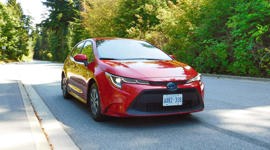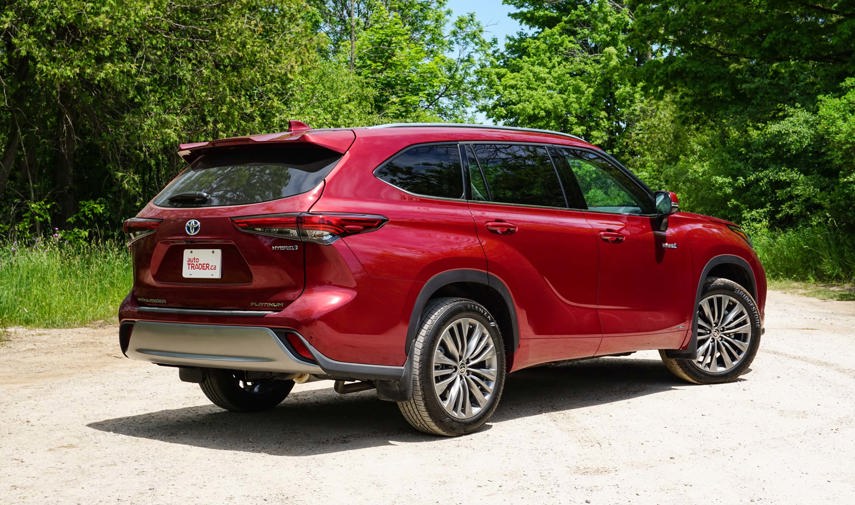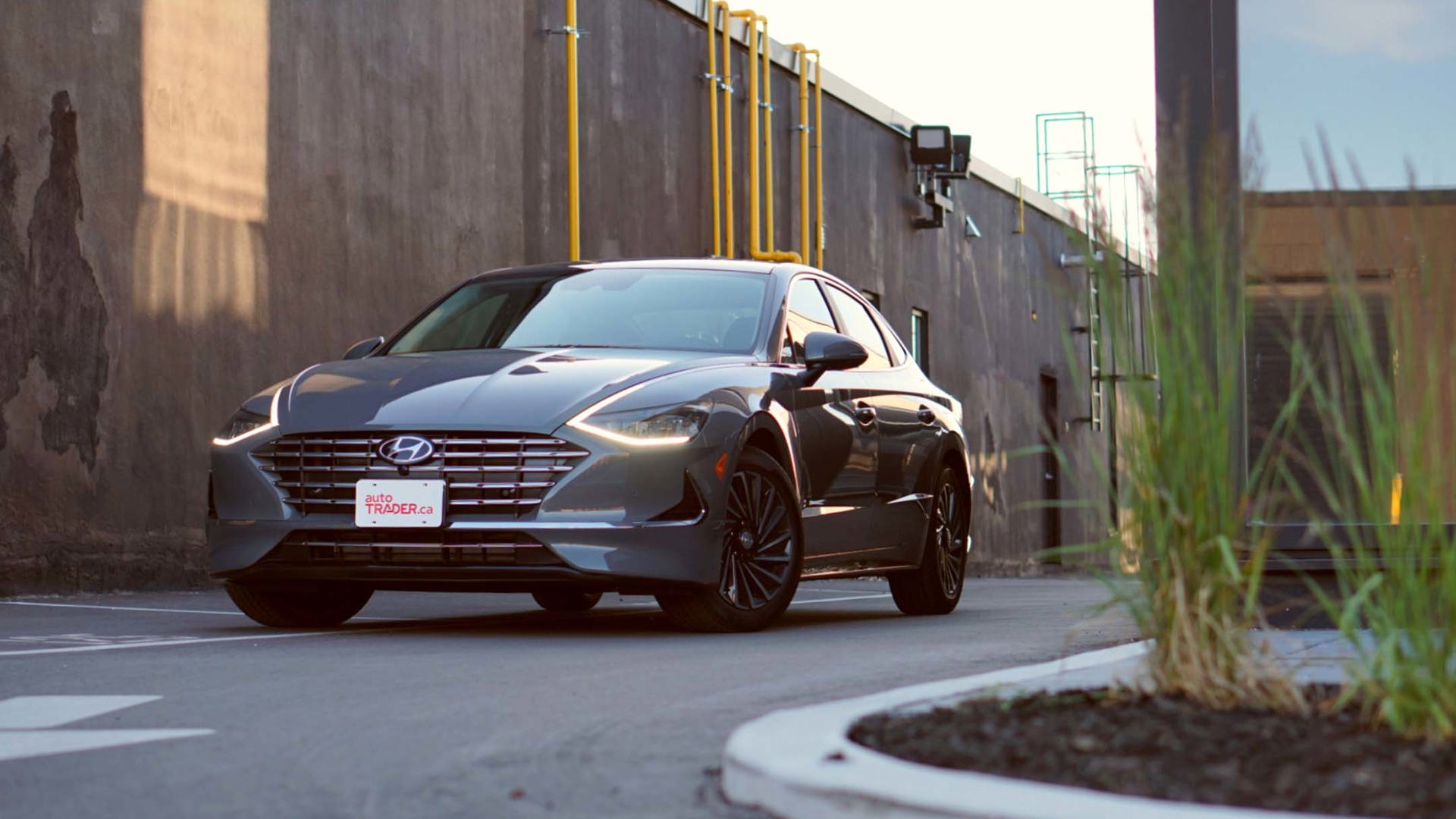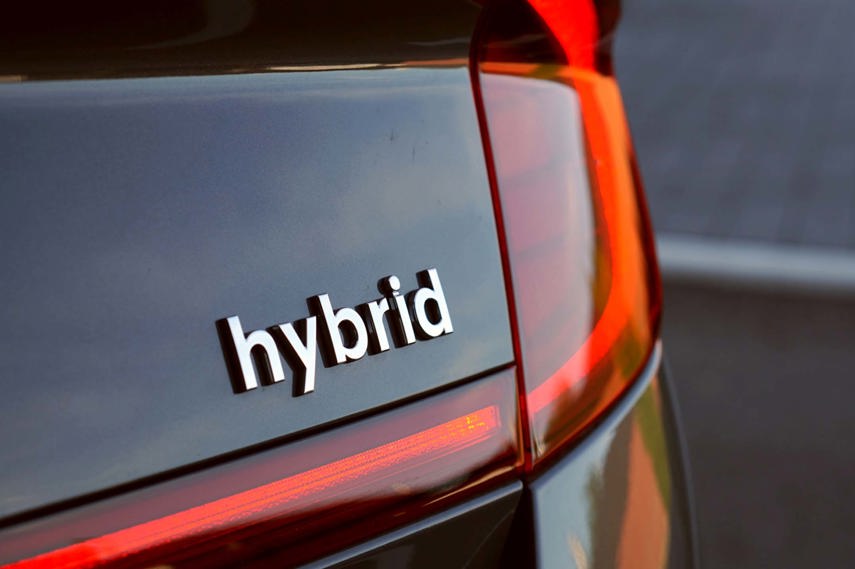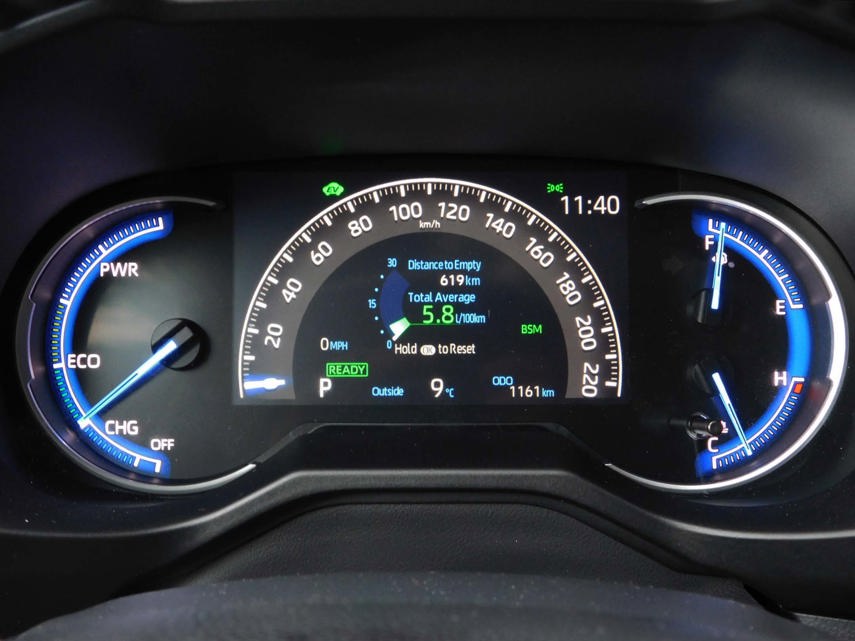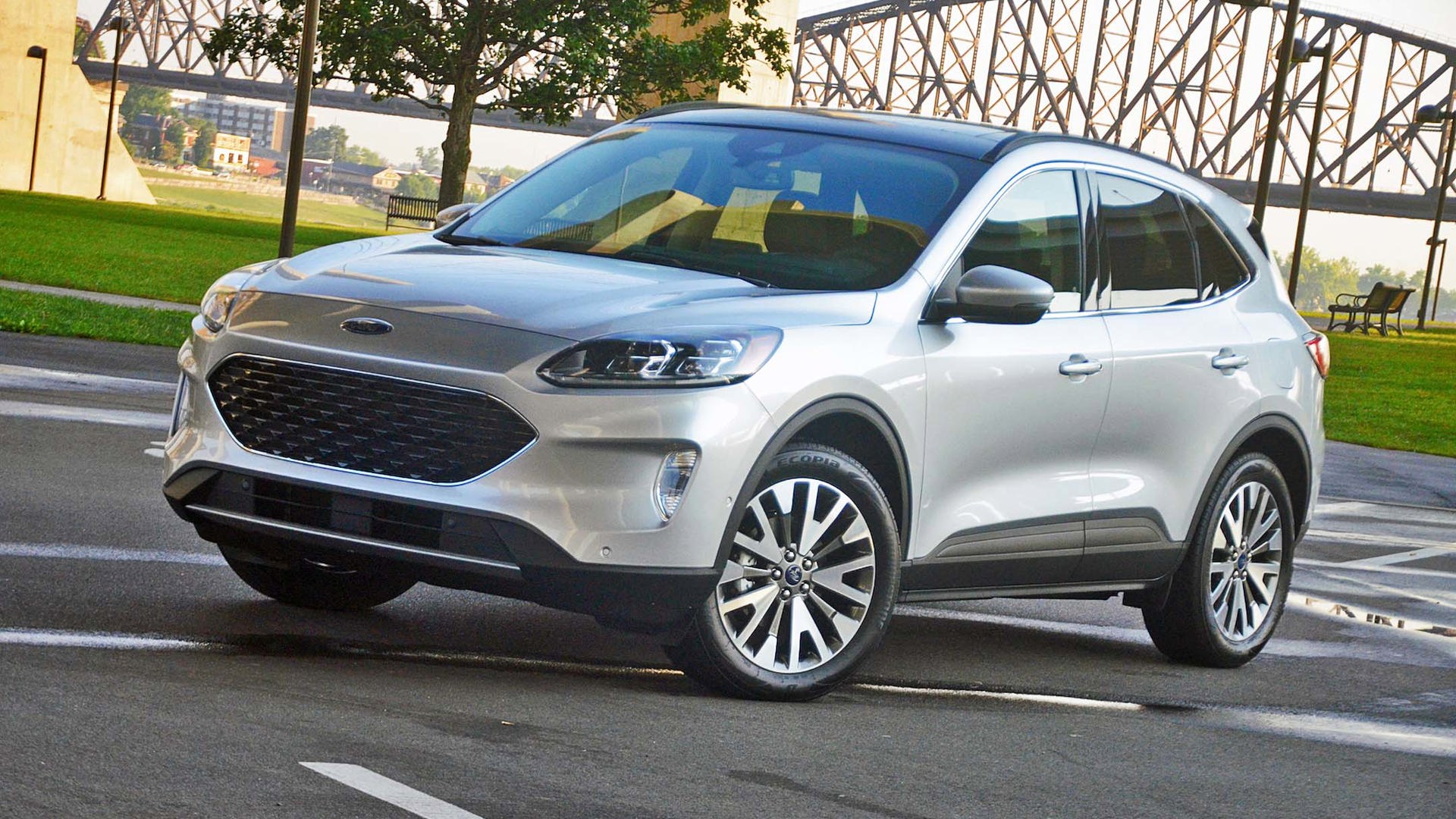So you’re thinking about an electrified vehicle for your next purchase, only you can’t decide if you’re ready to embrace something that needs to be plugged in.
That’s where conventional hybrids come in. What they lack in all-electric driving range they make up for with ultra-low fuel consumption and a taste of emissions-free driving – all for a lot less than their battery-electric (EV) or plug-in hybrid (PHEV) counterparts. They’ve also come a long way over the years, ditching most of the quirk in favour of something that should be familiar to someone coming from a gas-powered vehicle.
Still not convinced? Here are five reasons why your next ride should be a hybrid.
1. They’re Affordable
Perhaps the biggest benefit of buying a conventional hybrid these days is that they’re downright affordable. Take Toyota’s lineup, for example; there are five conventional hybrids to choose from, and all of them are priced reasonably compared to their gas-powered counterparts. Adding electrons to the Highlander three-row SUV is a $2,000 upgrade, money that can be made back after just a couple years of driving, while a gas-electric example of the Corolla starts at $24,990.
It’s not just Toyota, either. The hybrid version of the Hyundai Ioniq starts at $25,399, while the gas-electric Kia Niro starts at $26,845. Both of those undercut their PHEV and EV equivalents by thousands of dollars. And the list goes on, with the same going on at Honda, Ford, and pretty much every mainstream brand that offers multiple powertrains to pick from. (The rule applies to premium brand BMW, too, though it sells only PHEVs in addition to gas-powered models.)
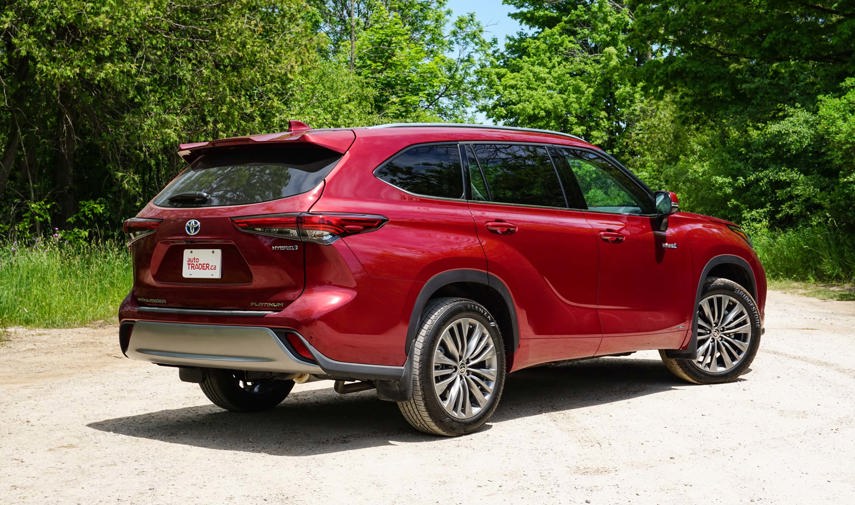
2. They Drive Like Any Other Car
There’s always going to be an adjustment period to driving a vehicle that can operate in complete silence, but from behind the wheel of almost any one of today’s hybrids, it’s all but imperceptible that electric power is along for the ride. Even one of the largest gas-electric vehicles on the market, the hulking Highlander Hybrid, is careful not to let the nature of its powertrain show, seldom feeling strained or underpowered.
There’s no need to master the art of hypermiling to get the most out of a hybrid either. Sure, it’s possible – and even fun – to squeeze the most out of every drop of fuel in the tank and every electron stashed in the battery by driving with an eye on efficiency, but even casual driving can yield impressive results. Conventional hybrids also don’t need to be approached any differently than their gas-powered counterparts – just get in and go. No range anxiety, no need to remember to plug it in overnight, and no feverish searches for a charging station.
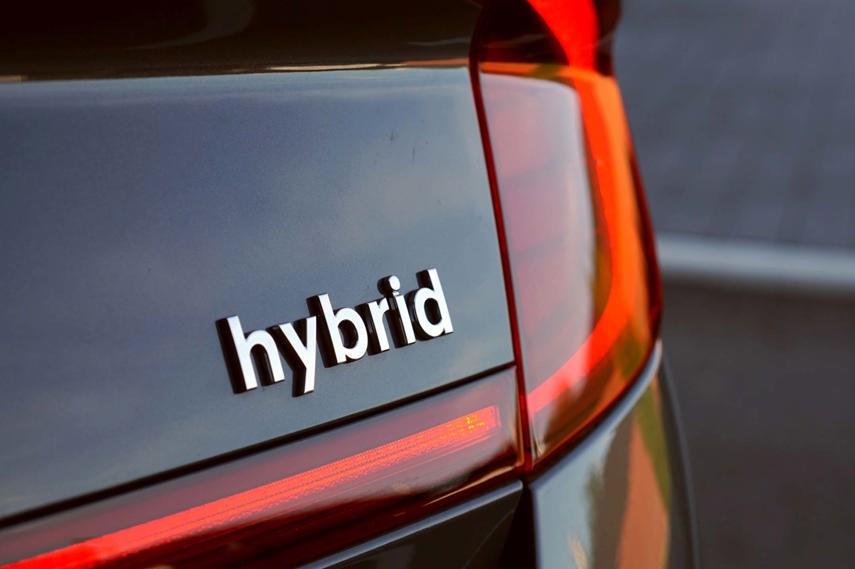
3. No Need to Plug Them In
And about that plug...yeah, you can drive a PHEV without plugging it in first. You can also eat cold pizza, but it doesn’t mean it’s going to be as good as the hot stuff. Owning a PHEV without regular charging defeats the purpose of owning a PHEV in the first place. If you don’t plan to plug it in as often as possible you may as well save yourself thousands of dollars and stick with a conventional hybrid.
Of course, either form of gas-electric powertrain means they don’t need a plug to run, unlike EVs that aren’t going anywhere without tapping into a power source. And therein lies the biggest hang-up for a lot of holdouts – that dedicated electric vehicles won’t get them from Toronto to Montreal on a single charge the one time every few years they decide to make the drive (though Tesla is trying, and just announced a long-range version of the Model S that’s good for a claimed 647 km on a single charge).
The reality is that range anxiety is an overblown and slightly irrational fear for most Canadians, though it doesn’t seem to be subsiding much. In that case, the idea of hybrid ownership should make a lot of sense, since they still run on gasoline.
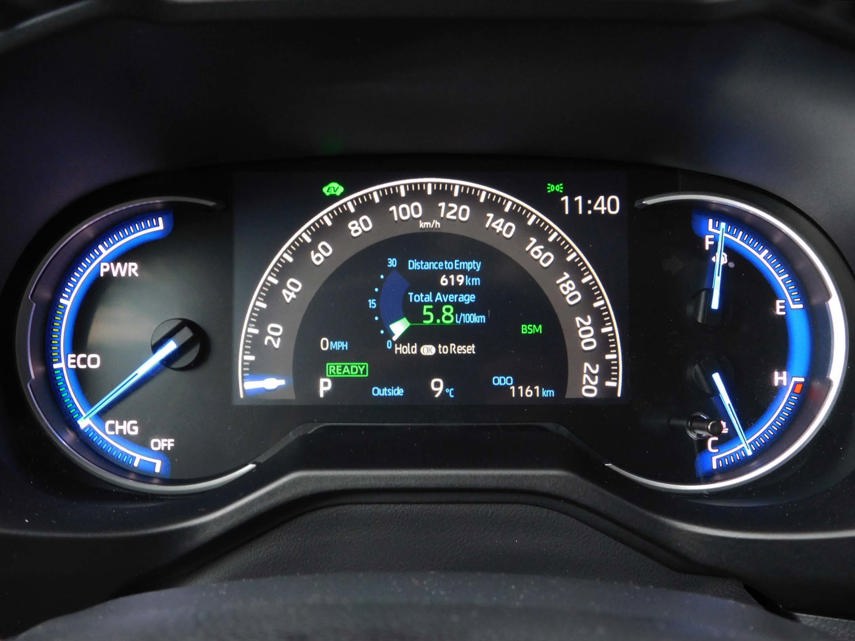
4. They’re Great on Gas
Sure, a hybrid won’t save you the same kind of money on your fuel bill as a PHEV or EV, but they’re seriously fuel efficient. Take that Toyota Highlander: according to Natural Resources Canada (NRCan), it’ll burn a combined 6.7 L/100 km. That’s better than the compact Corolla – hybrid variant excluded, of course – and far and away exceeds any other three-row SUV on the market.
Looking beyond limited fuel consumption, there’s some serious money to be saved over the course of ownership. Turning back to our friends at NRCan, their handy fuel consumption guide reveals not just a vehicle’s average fuel consumption but also annual fuel costs. That’s where you’ll see that the average hybrid is expected to save anywhere from $600 to $1,000 a year at the pumps compared to a similar gas-powered model.
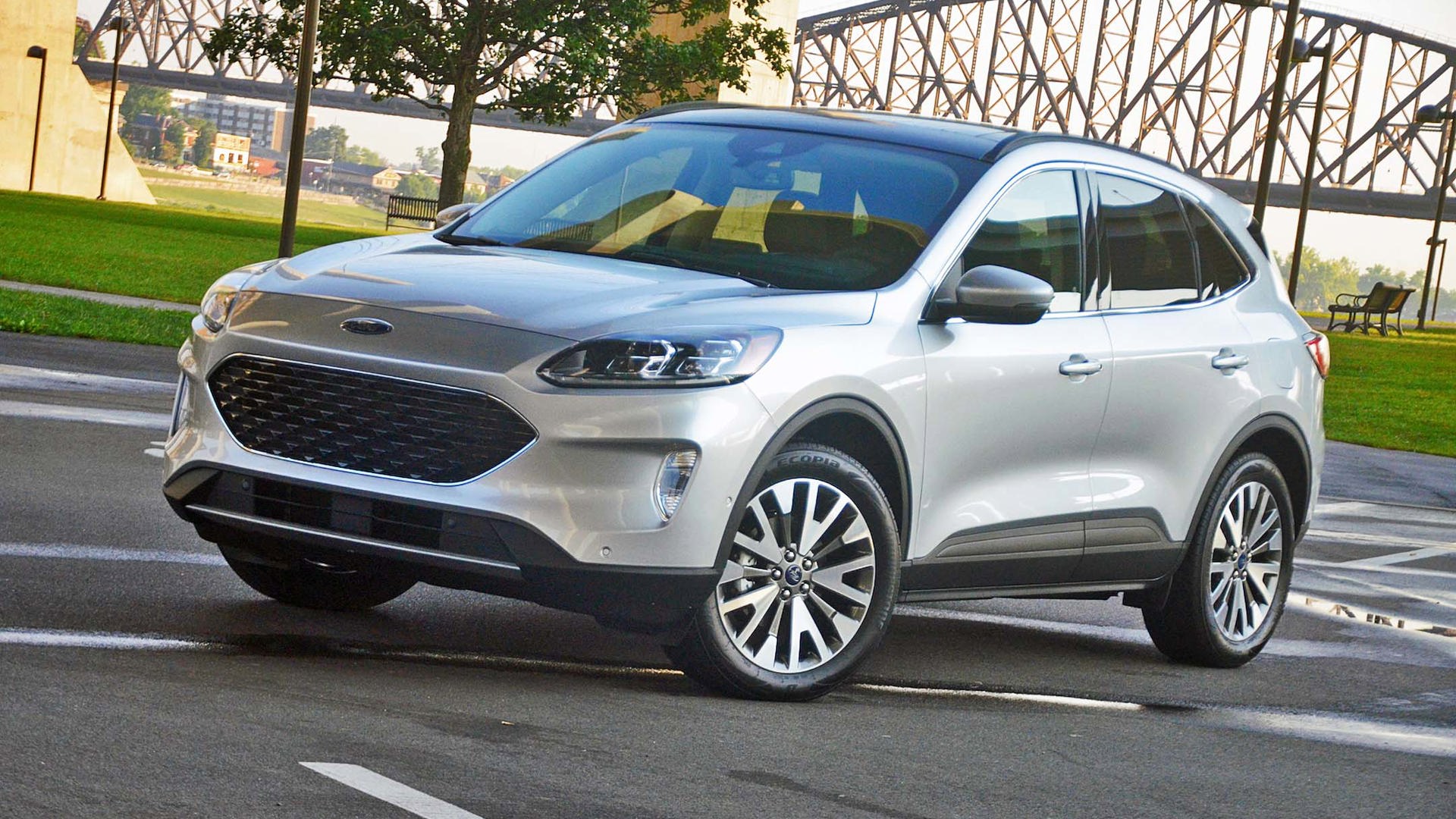
5. Not All of Them Are Ugly
The Toyota Prius may be the first name that comes to mind when you think of hybrids, but graciously, not all gas-electric vehicles look quite as quirky. In fact, most hybrids on the market these days are based on gas-powered vehicles and are almost indistinguishable to the untrained eye.
At Toyota, hybrid versions of the Camry, Corolla, RAV4, and Highlander barely look different than the rest of the lineup, with a few badges identifying what’s hiding beneath the sheet metal. The same goes for Honda, with the Accord and Insight looking about the same as a gas-powered sedan – though the Clarity’s fall from the ugly tree saw it land directly on autoTRADER.ca’s list of the five ugliest cars you can buy today. At Hyundai, the Ioniq looks rather, um, interesting, but the Sonata Hybrid looks just like the gas-powered model. And at Ford, the hybrid versions of the Escape and Explorer aren’t screaming it from the mountaintops either.
The market’s come an awful long way in the 20 years or so that conventional hybrids have been around. Cheaper and more efficient than ever before, there’s no reason a hybrid shouldn’t be on your list the next time you’re shopping for a new vehicle.
